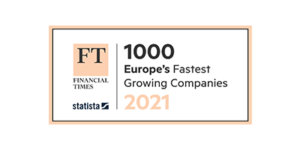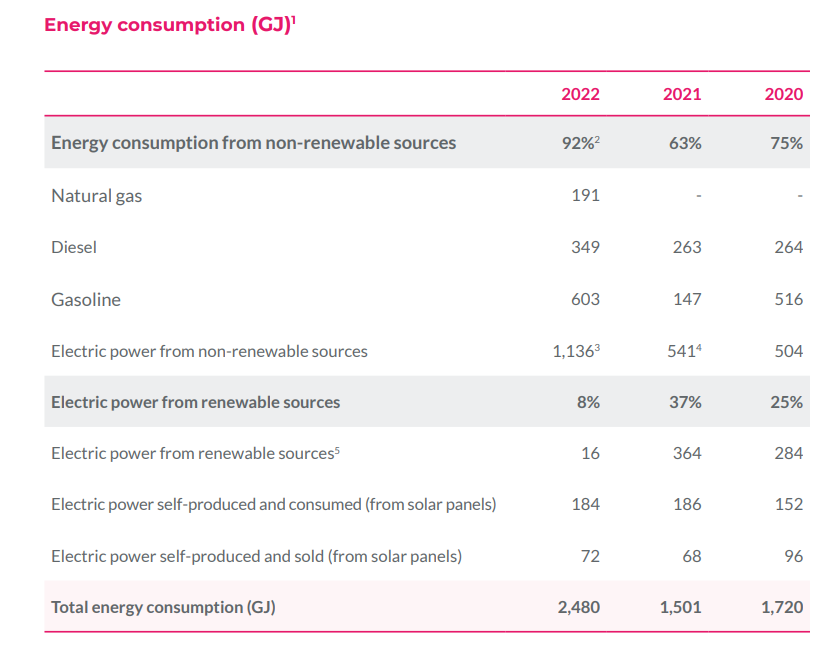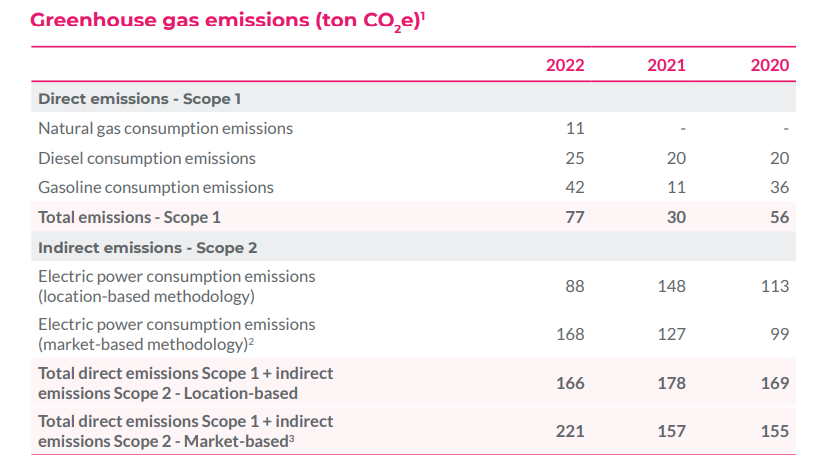
How we offset our emissions
From an environmental point of view, making business in the digital field has an implicit advantage: the absence of manufacturing, transports or transformation operations and all this minimizes all the possible negative impacts that can be generated.
Despite this, Growens has a large number of activities and initiatives in place to reduce its carbon footprint – from the choice of offices with low environmental impact to the self-production of energy from renewable sources, through to the compensation of carbon dioxide emissions.
But let’s go in order.
Low impact offices
Group offices around the world are designed according to advanced principles of ecosustainability, in order to minimize any form of environmental impact. In particular, the Milan and Cremona offices are housed in new buildings, engineered with the utmost attention to environmental performance. The Milan building is NZEB – Nearly Zero Energy Building and LEED Gold certified. The Cremona headquarters present a sophisticated system of smart rooftop solar panels.

Hybrid cars & charging stations
Overall, Growens has a fleet of 16 cars, 5 of which are hybrid and one is full electric. Further contracts are currently being evaluated. For recharging electric vehicles, 2 charging stations are available at the Cremona site and 3 at the Milan site, including 2 wall boxes from ABB and 1 wall box from Enel X.
Energy consumption
In order to achieve the transition towards a low-carbon, more sustainable, resource efficient and circular economy, the global community has set global goals to limit temperature rise and the impacts resulting from climatic change.
Although the Group’s activity does not have a significant impact on the environmental capital, the Company has taken steps to limit its negative impacts through various activities, including for example the self-production of energy from renewable sources. 2022 consumption equalled 2,480 GJ. A significant delta was recorded between 2021 and 2022, due both to the Company’s growth and Contactlab’s acquisition, and to the change in methodology in calculating electricity consumption from renewable and nonrenewable sources.
This change was made in a continuous improvement effort, in order to make the Group’s reporting increasingly aligned with evolving international standards. The following is a summary of the 2020-2022 trend in energy consumption(GJ).

CO2 emissions
CO2 emissions derive from the consumption reported in the previous paragraph. As specified below, CO2 emissions are partly offset by planting trees. Growens calculates its carbon footprint in terms of CO2 by reporting:
- Direct greenhouse gas emissions (Scope 1), resulting from fuel consumption for the operation of its own means of transport or under the full management of Group’s companies
- Greenhouse gas emissions resulting from the generation of purchased or acquired electricity (Scope 2), via two methodologies:
- A location-based methodology, which considers the average intensity of the emission factors related to the energy generation for specific geographical areas
- A market-based methodology, which considers the generator’s emissions, chosen intentionally by an organization for energy supply through a specific contract

The delta between Scope 2 emission data from one year to the next is due to the Company’s growth and the change in the calculation methodology. In particular, for FY2022 the percentage of renewable energy in the national energy mix was not taken into account.
CO2 offset
Growens offsets part of the carbon dioxide emissions produced by its business process activities with the creation of new forests in different areas of the planet.
Every year, the Company calculates the number of trees necessary to neutralize the carbon dioxide emissions of its business unit offices. The following areas are accountable for the environmental impact: transport, power consumption, water consumption, fossil fuel consumption, waste, printed materials.
The project was kicked off in 2007, and has ever since been brought on in partnership with a number of international, certified organizations, such as Lifegate, Treedom and TreeNation.
With reference to the emissions generated by websites, in 2022 Growens took an important step further to make its online presence carbon neutral: the carbon dioxide emissions produced by traffic on the growens.io website and on the Business websites Group units are compensated by planting trees in the Growens forest.
Thanks to the inclusion in the website footers of a tracking widget that calculates the CO2 emissions produced by the website traffic, an automatic system plants trees to offset such emissions.

To learn more about Growens’ initiatives related to sustainability, please download our latest Sustainability Report.




